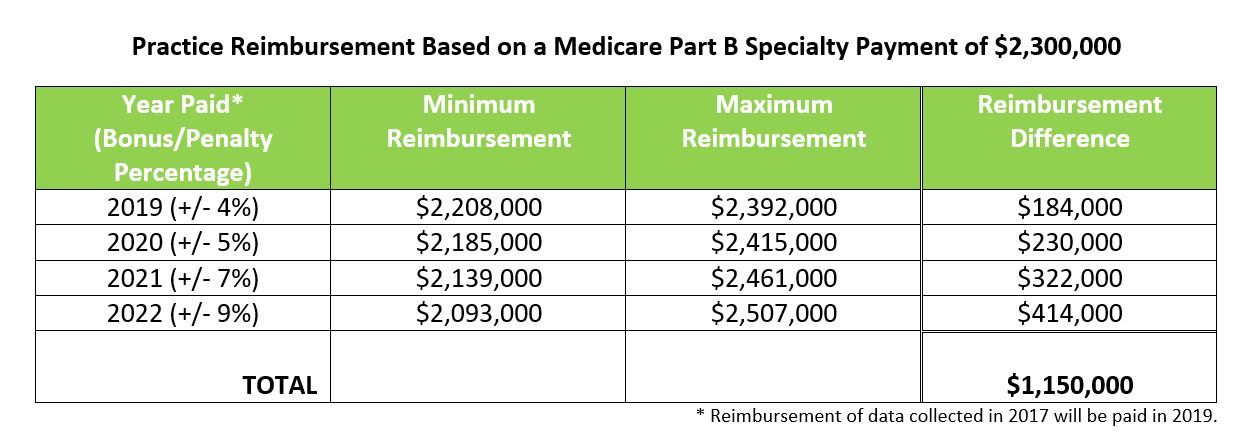The number of solo dermatology practices has steadily declined in the last decade. In 2014, just 35% of dermatologists practiced solo, according to the American Academy of Dermatology (AAD).
There is a generational divide among dermatologists who practice solo and those who choose an alternate path. Half of dermatologists over the age of 60 remain in a solo practice, while 49% of dermatologists under the age of 40 prefer to practice in a group setting. This trend is not unique to dermatology. A 2015 study conducted by Merritt Hawkins found that just 2% of surveyed final-year residents hope to practice independently.
Dermatology Practice Type by Physician Age
Infographic Source: AAD / Dermatology World – June 2015
Industry consolidation and increased regulatory requirements are two factors driving this migration toward larger groups. Many dermatologists – even well-established ones – simply don’t want to work harder for less money.
It’s safe to say that today’s healthcare environment is influencing younger physicians’ career paths. What’s more, as fewer new-grad dermatologists choose to practice solo, the negotiating leverage of larger groups continues to grow. This directly impacts all dermatologists’ compensation – both immediate and longer-term.
Reimbursement
Smaller practices are at a disadvantage during payor contract negotiations. Earlier this year, Reuters reported that practices with a 15% market share command $6 – $9 more per office visit than smaller practices. QualDerm-affiliated practices have experienced the validity of this report first-hand. By leveraging our larger provider network, QualDerm negotiated a 7% reimbursement rate increase with the market’s largest payor.
To add fuel to the fire, the Centers for Medicare and Medicaid Services (CMS) estimates 70% of small practices will be penalized under the new MACRA requirements in the first year. Readying a practice for full MACRA-compliance is a time and cost-intensive endeavor. That’s why many practices are choosing to take the penalties. However, over the course of just 5 years, MACRA’s impact on reimbursement will be substantial. That’s why QualDerm pro-actively worked with our affiliated practices to ensure full MACRA compliance. That means these practices are on track to avoid penalties and capitalize on reimbursement bonuses that CMS has earmarked for exceptional performers.
Retirement
The changes happening in today’s dermatology industry also influence physicians’ long-term financial futures. As dermatologists enter the mid-to-late career stage, succession planning often becomes a concern. How to get the full value out of their practices is a big question.
Opportunities to groom younger physicians to take over an independent practice are increasingly slim. Therefore, many dermatologists are seeking out partnership opportunities.
The financial benefits of partnering with a larger support-oriented organization go well beyond the up-front cash payout and tax advantages. For example, The Skin Surgery Center’s equity value significantly increased just two years after partnering with QualDerm. QualDerm provided the capital and guidance to allow this practice to expand services and make strategic acquisitions. Additionally, QualDerm’s management support helped The Skin Surgery Center implement operational efficiencies that further increased revenue.
Learn more about how QualDerm’s True PartnershipTM approach helps dermatologists maximize their financial success while retaining clinical autonomy. You can also download our case study to read about how one of QualDerm’s affiliated practices expanded patient access by recruiting two dermatologists and adding new services.
Contact us to find out more about partnership opportunities or to discuss selling your practice.

